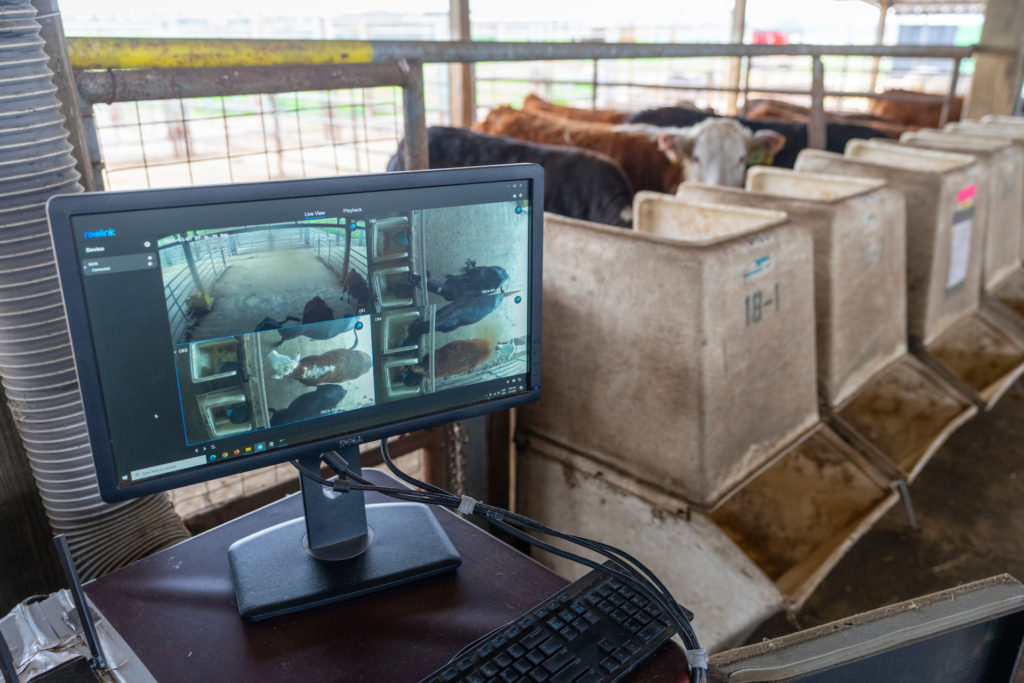Improving livestock management efficiency using artificial intelligence and ‘smart’ technology

A Texas A&M AgriLife animal nutritionist believes precision livestock management — utilizing an extra set of eyes and ears and a little artificial intelligence — can go a long way toward making today’s livestock operations more efficient.
Dr. Luis Tedeschi, Texas A&M AgriLife Research Fellow and Chancellor EDGES Fellow is looking for cost-effective and noninvasive methods of monitoring feeding behaviors in livestock – all through alerts on a cell phone or computer.
Texas has about 3 million cattle in feedlots and another 10 million cows, heifers, steers, bulls and calves in different feeding situations annually.
Tedeschi said if livestock managers use “smart” practices, then the industry can better understand what is happening at the feed bunk to make management decisions accordingly.
Over the next three years, he will create and utilize a precision livestock farming facility at Texas A&M to determine where some of the most significant changes can be made.
“We strive to match the animal’s needs to the level of management we are providing and then align that with the kind of performance we are expecting from that animal,” said Tedeschi.
The project’s ultimate goal is to integrate data streams related to precision feeding and health monitoring sensors into existing and newly developed decision models to implement real-time management decisions for the livestock feeding industry.
Using sensors, cameras and microphones, the team will collect information about a pen of cattle, such as what percent of the time they are walking, eating, playing, grooming, lying down or getting water.
The cameras can also help identify lameness, bloat and disease or even alert the owner if wildlife is causing issues in the pens.
“We can even collect enough information on the animal to determine when it is ready to go to market,” Tedeschi said. “You can determine how many animals in a particular pen are ready to go and when to sell them for the maximum profit.”
The project will allow them to show producers what and how to apply precision livestock farming, what benefits they can obtain and how to do it.
“The big idea is to provide the information to everyone,” Tedeschi said. “We can identify issues that happen in different regions or under different market conditions.”

